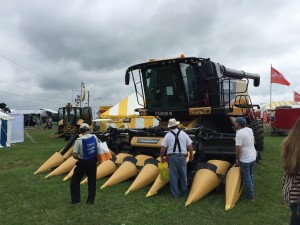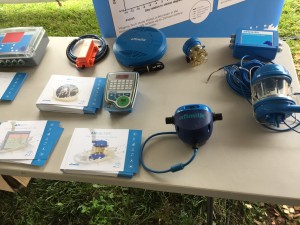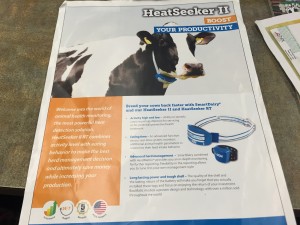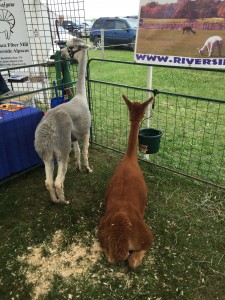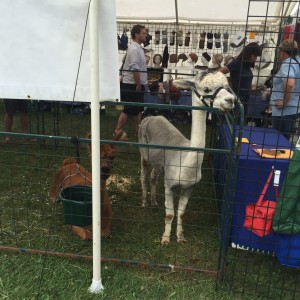Last Friday, Aug 21th, was my last day of field work of my summer intern. Amir, Greg and I went to Aurora Research Farm to collect green house gas sample in the corn field.
It was a nice day to do field work, as the weather is not so hot and is not cold either, and on that day I finished my work quite smoothly, making no small mistakes.

I remember that on the first day that I learned to do the collecting work, Amir instructed me very patiently, making sure that I understood every single step.
I also remember that there’s one extremely cold and windy day, Amir, Jeff and I worked in Aurora that day, and Jeff didn’t know it was such a cold day, and thus was still wearing his T-shirts and shorts, and he got a cold after that day’s work.
I also remember that there’re more than one day when it’s very dry in the field, and the soil became very compacted, so some bases of our chambers got out of the soil. Dennis, our hercules, hammered heavily on the wood board above the base, to put the base back to the soil.
This is the first summer I spend abroad in the US, it’s so lucky for me to have such a valuable chance to work in NMSP with these interesting and great people.
At the end of the day, Amir and Greg were talking about the tall fescue grassland. They harvested the grassland just several days before, so the grassland seemed to be very flat. Amir said, I really like to look at the grassland in this direction, this is my favorite scenery. Greg said, yeah, it’s really nice, it looks like an airplane runway. A lot of people have worked in this “airstrip”, someone have left, someone is still working on it, and I hope everyone’s life and career can take off from here soon.









